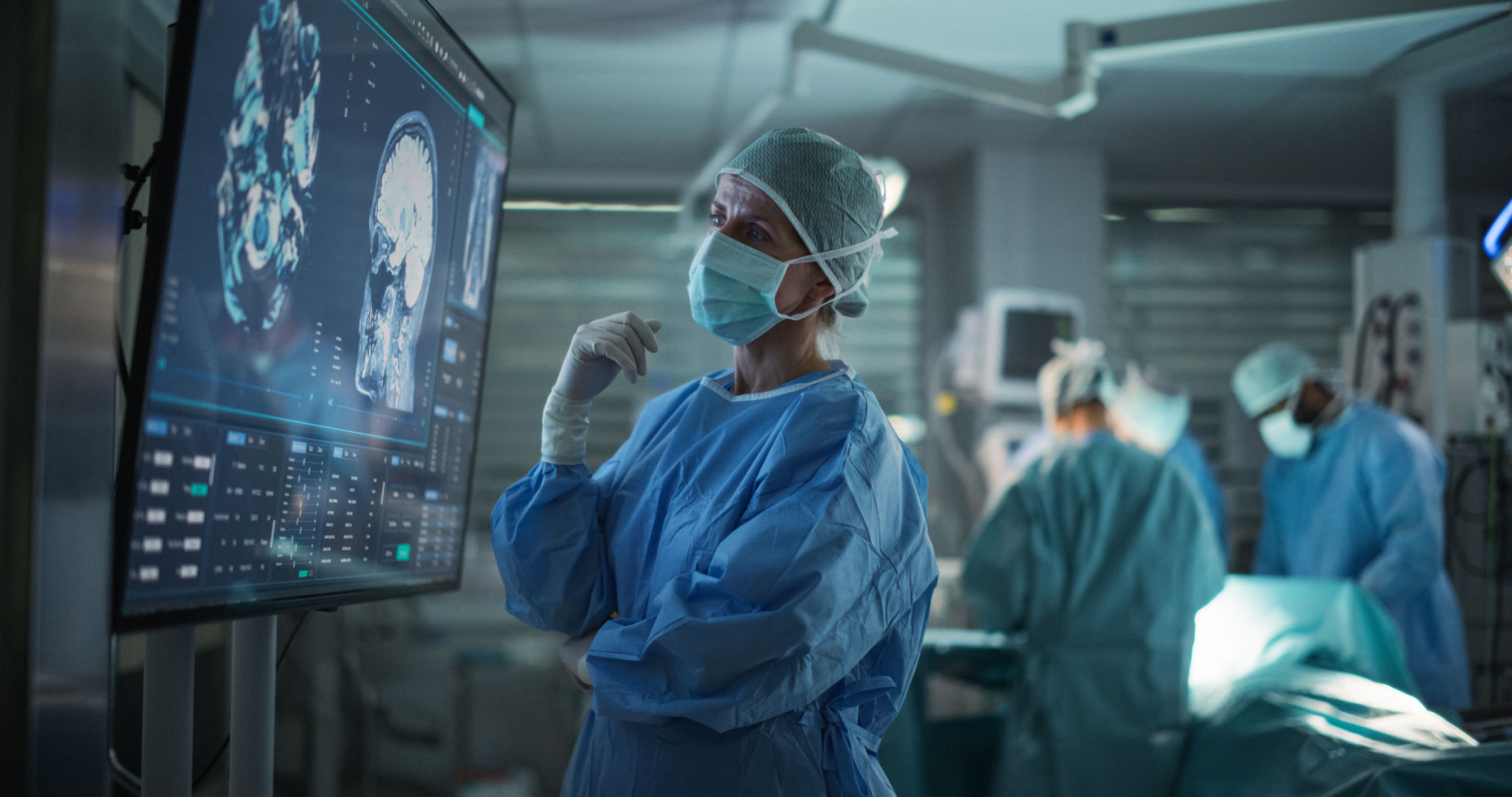Success Stories: Implementing Remote Patient Monitoring in Lexington
Introduction to Remote Patient Monitoring in Lexington
The healthcare landscape is continually evolving, with technological advancements paving the way for more efficient and effective patient care. One of the most significant innovations in recent years is Remote Patient Monitoring (RPM), a system that allows healthcare providers to track patients' health data remotely. In Lexington, this technology is making waves, transforming the way patients receive care and how providers deliver it.
Remote Patient Monitoring involves the use of digital devices, such as wearable sensors and mobile apps, to collect and transmit health data from patients to healthcare professionals. This technology has proven particularly beneficial for managing chronic conditions, reducing hospital readmissions, and improving overall patient outcomes.

Implementing RPM: A Collaborative Effort
The successful implementation of RPM in Lexington is a testament to the collaborative efforts between local healthcare providers, technology companies, and patients themselves. Hospitals and clinics in the area have embraced this technology, recognizing its potential to enhance patient care and streamline operations.
One of the key factors contributing to the success of RPM in Lexington is the commitment to patient education. Healthcare providers have taken proactive steps to ensure that patients understand how to use these devices effectively. Workshops, training sessions, and one-on-one support have been instrumental in empowering patients to take charge of their health.

Benefits of Remote Patient Monitoring for Patients
For patients, the advantages of RPM are numerous. The ability to receive medical attention without the need for frequent in-person visits has been a game changer, especially for those with mobility issues or those living in remote areas. This convenience has led to higher patient satisfaction and better adherence to treatment plans.
Moreover, RPM provides patients with a sense of security and peace of mind. Continuous monitoring means that potential health issues can be detected early, allowing for timely intervention and reducing the risk of complications. This proactive approach is particularly beneficial for managing chronic diseases such as diabetes and hypertension.

Success Stories from Healthcare Providers
Local healthcare providers in Lexington have reported remarkable success stories since the adoption of RPM. Many have noted a significant decrease in hospital readmissions, attributing this trend to the real-time data that enables prompt medical responses. Physicians can now make informed decisions based on accurate, up-to-date information, leading to improved patient outcomes.
The integration of RPM has also alleviated some of the workload pressures on healthcare professionals. By automating certain monitoring tasks, providers can allocate more time and resources to direct patient care, enhancing the overall efficiency of healthcare delivery.
The Future of Healthcare in Lexington
The success of Remote Patient Monitoring in Lexington is paving the way for further innovation in the healthcare sector. As technology continues to advance, we can expect even more sophisticated tools and systems that will further revolutionize patient care.
Looking ahead, the focus will likely be on expanding access to RPM technology, ensuring that more patients can benefit from its advantages. This includes addressing barriers such as cost and digital literacy, ensuring equitable access for all members of the community.

Conclusion: A Model for Modern Healthcare
Lexington's implementation of Remote Patient Monitoring serves as a model for other regions looking to modernize their healthcare systems. Through collaboration, education, and a commitment to leveraging technology for better patient outcomes, Lexington is leading the way in redefining how healthcare is delivered.
As more healthcare providers adopt RPM, they will undoubtedly draw inspiration from Lexington's success stories, leading to widespread improvements in patient care across the nation. The future of healthcare is here, and it is remote, digital, and highly effective.
